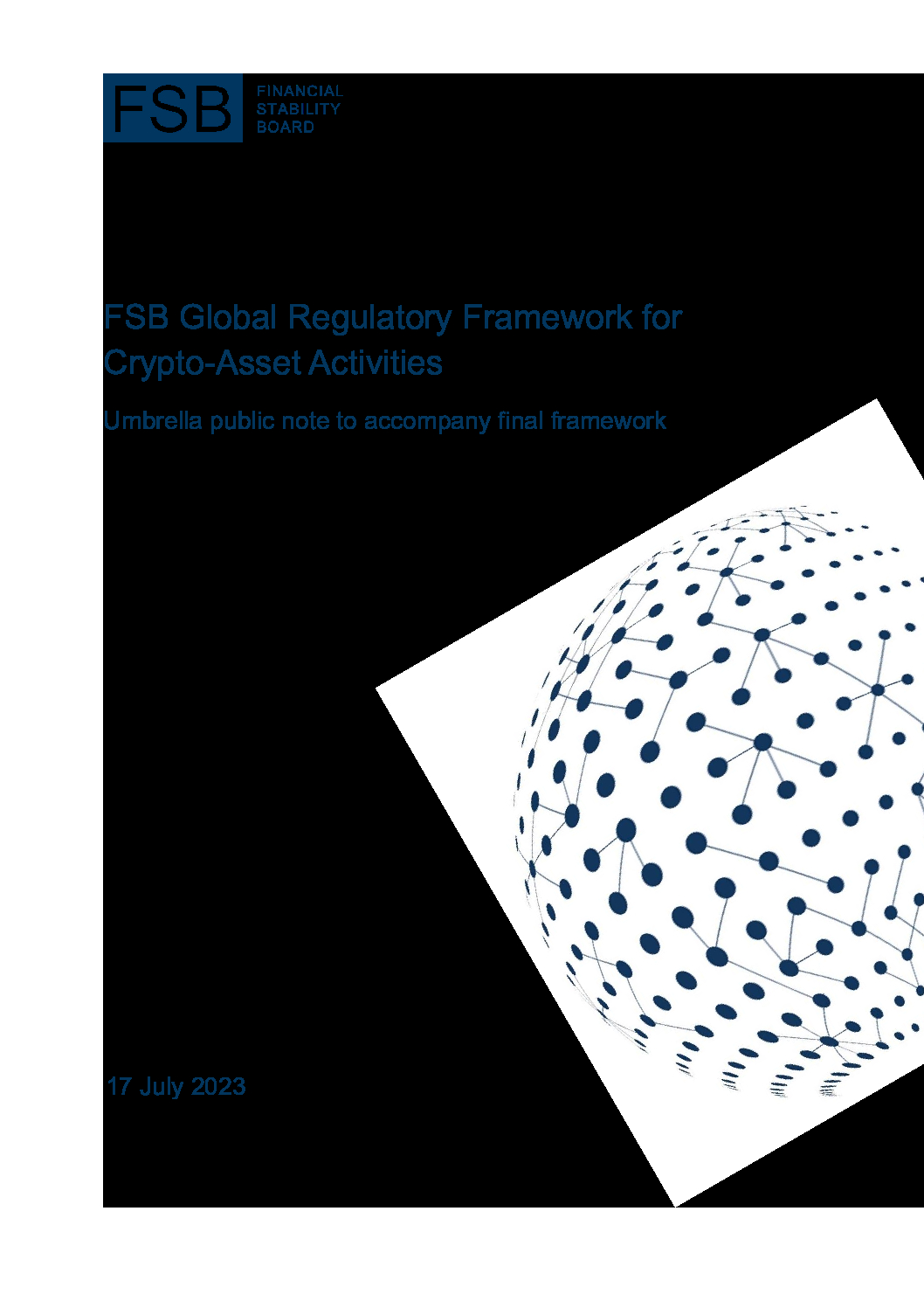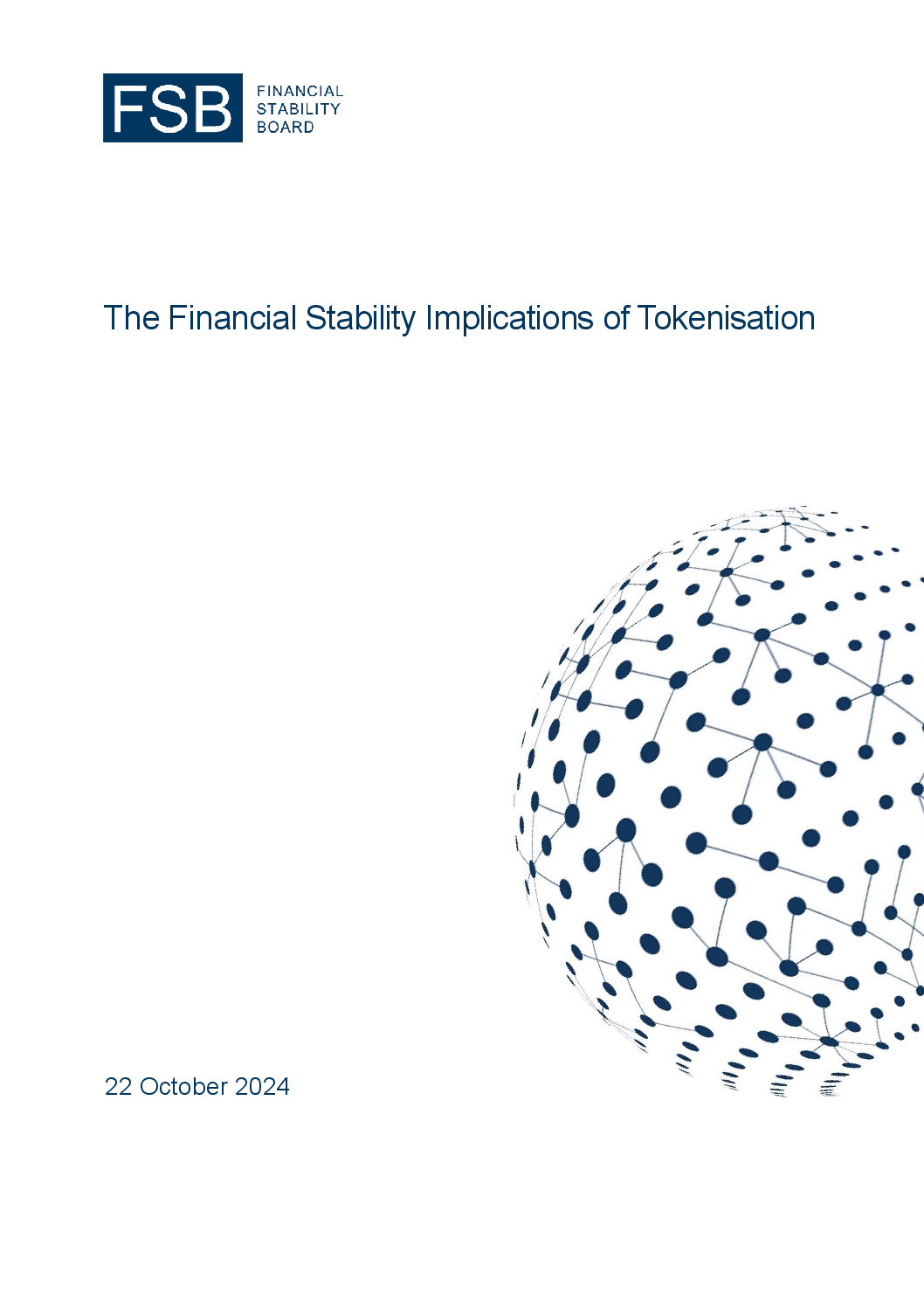The views expressed in these remarks are those of the speaker in his role as FSB Deputy Secretary General and do not necessarily reflect those of the FSB or its members.
Thank you for convening this important discussion on digital assets.
While I accept the merit of speaking of digital assets collectively, I see the path forward for crypto-assets and tokenised assets as involving such profoundly different challenges that I hope you don’t mind if I speak about each in turn. The fact that both use DLT technology and promise the benefits of smart contracts seems to me to hide how radically different their challenges are.
Tokenised Assets
When it comes to tokenisation of assets already trading and settling by traditional means, it seems to me, that the core issue in the path forward is a coordination problem within the financial sector and not any of the potential financial stability concerns that we have previously flagged. How does the industry take steps forward which at each stage of the evolution create the optimal balance between using common standards, providing utility-type services and reaping the benefits of competitive innovation?
As we sit here, it remains unclear to me that the optimal path forward is emerging out of the competitive process, one that would involve short-term benefits for innovators and long-term scalability. I would be interested to hear from others who think the path forward is clear and – with all due respect to everyone involved in the conversation – I’m more interested to hear the views of those who are not talking up their own products. Sorry to be blunt.
What seems to me critical is to identify a profitable revenue model for early movers that does not depend on a scenario of a rapid positive, expanding spiral of impact prefaced on a wide number of market participants moving nimbly to achieve the potential cost savings. That model has credibility issues.
That said, regulation should not be the binding constraint. We have published a report which identifies certain risks if tokenisation is not done prudently; but they raise no fundamental issue for now. If, for example, those initiating the development of tokenised products build into their product design the generation of suitable – I would suggest unlagged – data to pass on to authorities and if tried and tested legal frameworks are used to achieve payment finality etc, I cannot see authorities having any significant concern.
If a revenue model cannot spontaneously emerge, I recognise that advocates may turn to the state in its various forms either, for example, to take the lead by tokenising treasuries or by putting in place CBDCs so that the problem of financing the early phases of development can, effectively, benefit from a state subsidy. These kinds of initiatives are outside our terms of reference in the FSB, but I see no fundamental financial stability issue with them.
The other question I do not know the answer to is whether, by developing standards for digital registration or some other initiatives, there might be some sort of middle course in terms of state involvement. Either way, I do not see that regulation and financial stability are or should be the binding constraint.
Crypto-assets
The situation with so-called native digital assets, crypto, is very different. Crypto-assets have, in their own slightly bizarre way, solved the question of how to grow in stages.
Regulation is now a crucial, potentially binding, constraint. The ongoing evolution of regulatory frameworks, including the EU’s Markets in Crypto-Assets Regulation (MiCAR) and U.S. reforms under legislative debate, highlights the growing recognition, already realised by some global standard setters some years ago, that the regulatory issue is pressing.
In October, we will deliver a thematic peer review to the G20 on the implementation of the FSB’s global regulatory framework for crypto-asset activities. This review will assess progress by FSB members and select non-members in developing regulatory frameworks for crypto-assets and stablecoins, addressing regulatory data gaps, and cooperating across borders.
The increasing interlinkages between crypto-assets and traditional financial systems require careful oversight to prevent risks to financial stability. As digital forms of money and assets interact with digitally native instruments, ensuring these systems are resiliently interoperable is critical.
Stablecoins
Stablecoins remain a key focus. They are incredibly dangerous; but note that the FSB has never proposed to prohibit them. The FSB’s Global Stablecoin Recommendations call for robust legal claims, effective stabilisation mechanisms, and prudential requirements to mitigate risks such as runs on the issuer and asset fire sales.
Cross-border cooperation and oversight are essential to address their global implications.
Cross-border cooperation is a significant challenge. Enhanced international cooperation is necessary to sufficiently harmonise regulatory standards and address operational complexities, since crypto native companies operate across borders to a greater extent than similarly sized or nascent traditional financial services firms. These are inherently global products. They have no home. Our constantly self-limiting approach to international coordination will always be challenged by them. We need to respond vigorously.
The scenario in which one or more imprudently designed stablecoins trade and grow across borders to infect major global financial systems with unbearable risk is a clear danger. We know how to regulate them to allow them to grow safely. We have set that out. There merely has to be the will to keep the system safe.
Let me close my opening remarks with that thought.

